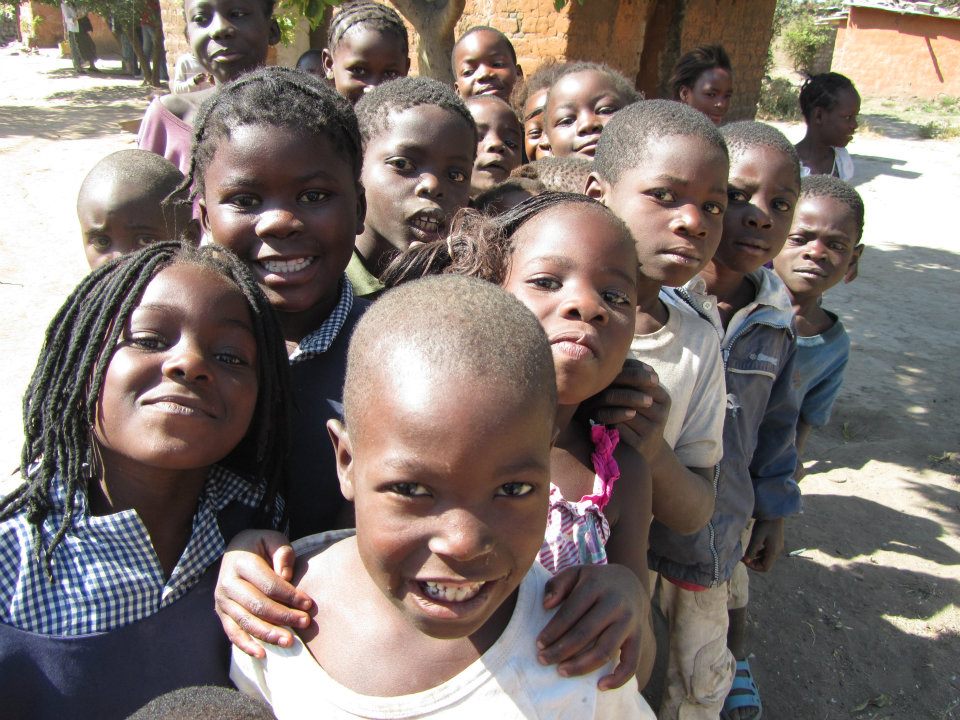Ending preventable child deaths through the "power of we"
|

We've all heard it: There is no “I” in team. There is no “me” in “we.” Whatever the phrase, we all learned about sharing, the benefits of collective action, and the idea of everyone working toward a common, unified goal. But the more I think about it, the more I think there really is an “I” in team. I mean, after all, who is the “we” behind the newly released mortality figures from UNICEF that show child mortality dropping below 7 million deaths annually? How did “we” do that? And who is this “we”?
It is hard to conceptualize the individual pieces behind a global change. We know it was a communal, group effort, but by whom? What did you do to cause the reduction in child mortality? I, for one, wasn't in a rural community vaccinating children or ensuring every household had a bed net. For much of my day, I sit at a desk, likely attending meetings, wholly unaware of the weather outside, let alone the activities of saving children's lives globally.
However, I do feel like I contributed - in my own very small, yet meaningful way. And so did you. We are the “we.” Together, the global “we” achieved a remarkable feat this year in the goal of saving children's lives. It wasn't a team of donors or civil society organizations alone. It wasn't rural clinics or community health workers alone. It was the proverbial team effort.
Donor organizations, multi and bi-laterals, private foundations and globally minded grassroots contributors bring a certain crucial funding, ideas, and incentives to global efforts. Civil society organizations, non-profits, and local organizations in developing countries are critical middle-men (and women), turning funding and technical expertise into programming where it is needed most. Ministries of health and other government entities are fundamental in changing policy and increasing access to health. And vitally, the health teams in countries are the integral key: hospitals, clinics, pharmacies, cadres of traditional birth attendants and community health workers delivering key treatments and services to even the remotest communities.
We must remember, though, that each of those organizations, foundations, hospitals, and cadres are made up of individual people. People each doing their part to contribute to the larger whole: drivers, warehouse managers, pharmacists, finance and contracts officers, program managers, directors, doctors, presidents, ministers… the list could (and does!) go on. The sum of each of those individual “I's” is the whole of the “we.” There is no such thing as not making a difference or not contributing. Every single individual role is integral to the global effort. When one piece of the team goes missing, the team suffers collectively. The “we” wins together, but also loses together.
Today, on Global Handwashing Day, remember your part in the global effort. A global reduction in child mortality is not achieved by a single person on a single day; rather, the collective actions of all those people, on consecutive days, weeks, months, years, (decades, even!) are what really create the change. “The power of We” is an amalgamation of all those “I's” out there, doing our part to ensure that health is a reality for everyone in our world.
We are in this game together - it is us versus diarrhea, pneumonia, malaria, malnutrition, measles - and so many other killers of children. Remember the commitment we made during the Call to Action and the Promise Renewed? Now is the time to make good on your piece of the promise. Together, our collective “we” will beat these formidable foes, but we must remain a committed community, at every level, to truly harness the “power of we.”
For more information:
-- Celebrate Global Handwashing Day and Blog Action Day! Follow the conversation on Twitter at #Iwashmyhands and #BAD12.
-- Clean hands save lives. Spread the word by writing a poo haiku!
-- Photos: Children are the best champions. Learn how they are spreading the word about hygiene in their communities.
Photo credit: PATH














